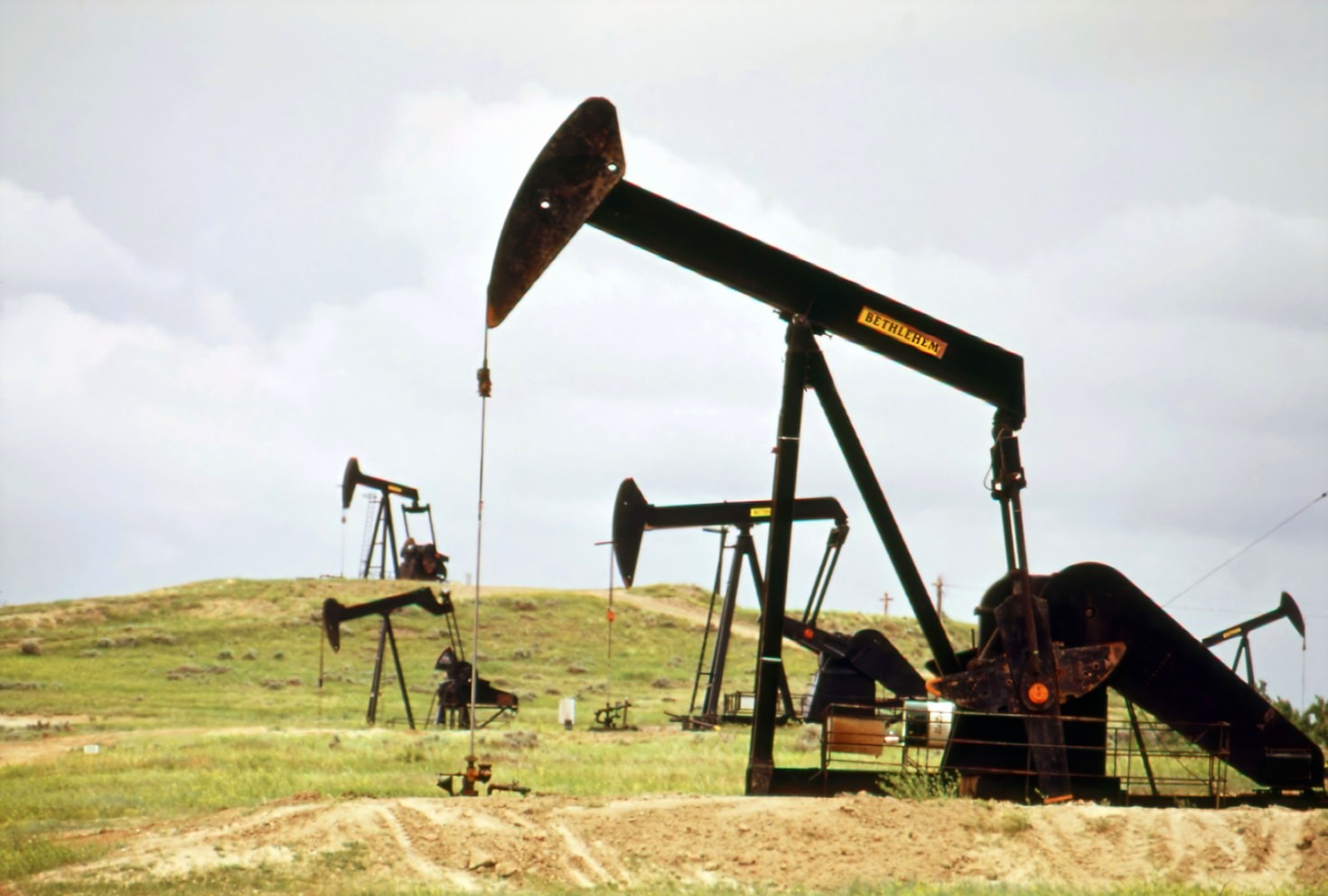Harnessing technology for success in the oil market involves a comprehensive digital transformation across the entire value chain, from finding the oil (upstream) to trading it on global markets (financial). This success is driven by leveraging data to increase efficiency, improve forecasting, and reduce risk.
Here is a breakdown of the key technological pillars:
1. Advanced Analytics and Artificial Intelligence (AI) 🧠
The ability to process vast amounts of complex data at speed is the biggest competitive edge in the modern oil market.
- Predictive Maintenance: AI algorithms analyze real-time data from Internet of Things (IoT) sensors on drilling rigs, pumps, and pipelines to predict equipment failures before they occur. This dramatically reduces unplanned downtime (Non-Productive Time or NPT) and cuts maintenance costs.
- Optimal Exploration & Production (E&P): Machine learning models process seismic, geological, and historical drilling data to identify the most promising, high-yield drilling locations with greater accuracy, significantly reducing exploration risk and cost.
- Demand Forecasting and Price Modeling: AI can analyze numerous factors—geopolitical news, economic indicators, weather patterns, inventory levels (EIA/API data), and global shipping movements—to generate highly accurate demand forecasts and anticipate price fluctuations, informing both operational decisions and hedging strategies.
- Refinery Optimization: AI is used in downstream operations to determine the optimal crude oil blend to maximize the yield of high-value products (like gasoline or jet fuel) and efficiently adjust production schedules in real-time based on market demand.
2. Algorithmic Trading and Low Latency Systems ⚡
In the financial side of the oil market (futures, options, and derivatives), success is defined by speed of execution and data analysis.
- High-Frequency Trading (HFT): Sophisticated algorithms are used to execute trades in milliseconds, capitalizing on fleeting arbitrage opportunities (e.g., tiny price differences between WTI crude futures and related ETFs).
- Automated Hedging and Execution: Algorithms automatically adjust and execute large trading orders to minimize market impact and ensure the best possible price. They remove human emotion from trading, providing a systematic and disciplined approach to risk management.
- Low-Latency Infrastructure: Traders invest heavily in proprietary data networks and colocation (placing servers near the exchange) to gain a speed advantage, ensuring they can react to critical market data faster than competitors.
3. Data Integration and Connectivity (IoT & Cloud) ☁️
A unified data strategy connects the physical assets to the financial and operational decision-makers.
- Internet of Things (IoT): A vast network of sensors is deployed across the entire value chain—on wells, pipelines, storage tanks, and even transport vessels—to provide a constant stream of real-time data on temperature, pressure, flow rate, and volume.
- Cloud Computing: Cloud platforms provide the necessary computing power and storage to manage the massive influx of Big Data from IoT devices. This enables secure, real-time access for engineers, analysts, and traders globally, replacing slow, siloed, legacy systems.
- Digital Twin Technology: Creating a virtual replica of an entire asset, like a refinery or oil field, allows operators to run simulations, test operational changes, and predict the impact of maintenance or new processes without risking the physical asset.
4. Supply Chain and Risk Management Solutions 🛡️
Technology is crucial for enhancing efficiency and transparency across the complex global supply chain.
Regulatory Compliance and Emissions Monitoring: Digital systems use sensors and predictive models to continuously monitor and report GHG emissions and other environmental metrics, ensuring compliance with global and local regulations and supporting sustainability goals. This is where the substance of your article begins to take shape.
Supply Chain Optimization: Digital tools improve logistics, inventory management, and route planning for transport (pipelines, tankers, rail), ensuring timely delivery and minimizing costs.
Blockchain Technology: While still maturing, blockchain offers the potential for enhanced security and transparency in transaction records, simplifying complex, multi-party oil trading and clearing processes.




Leave a Reply